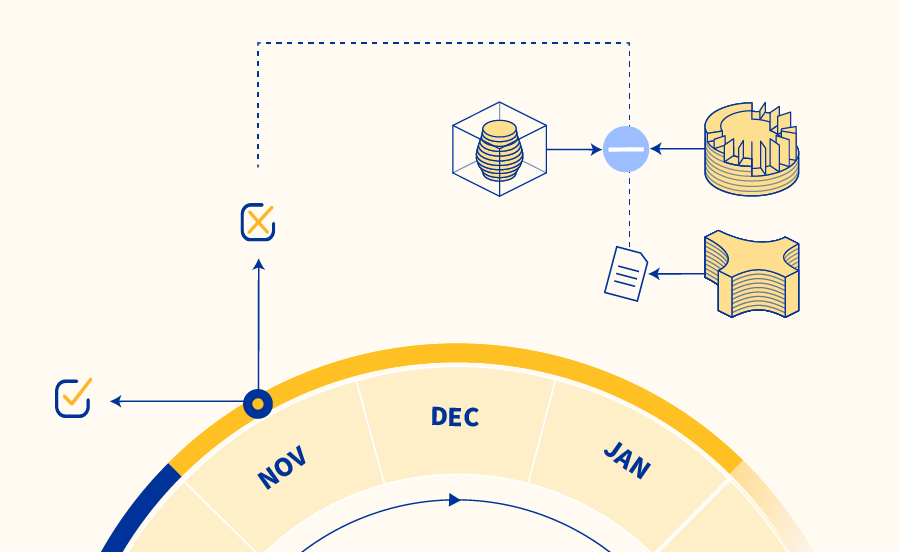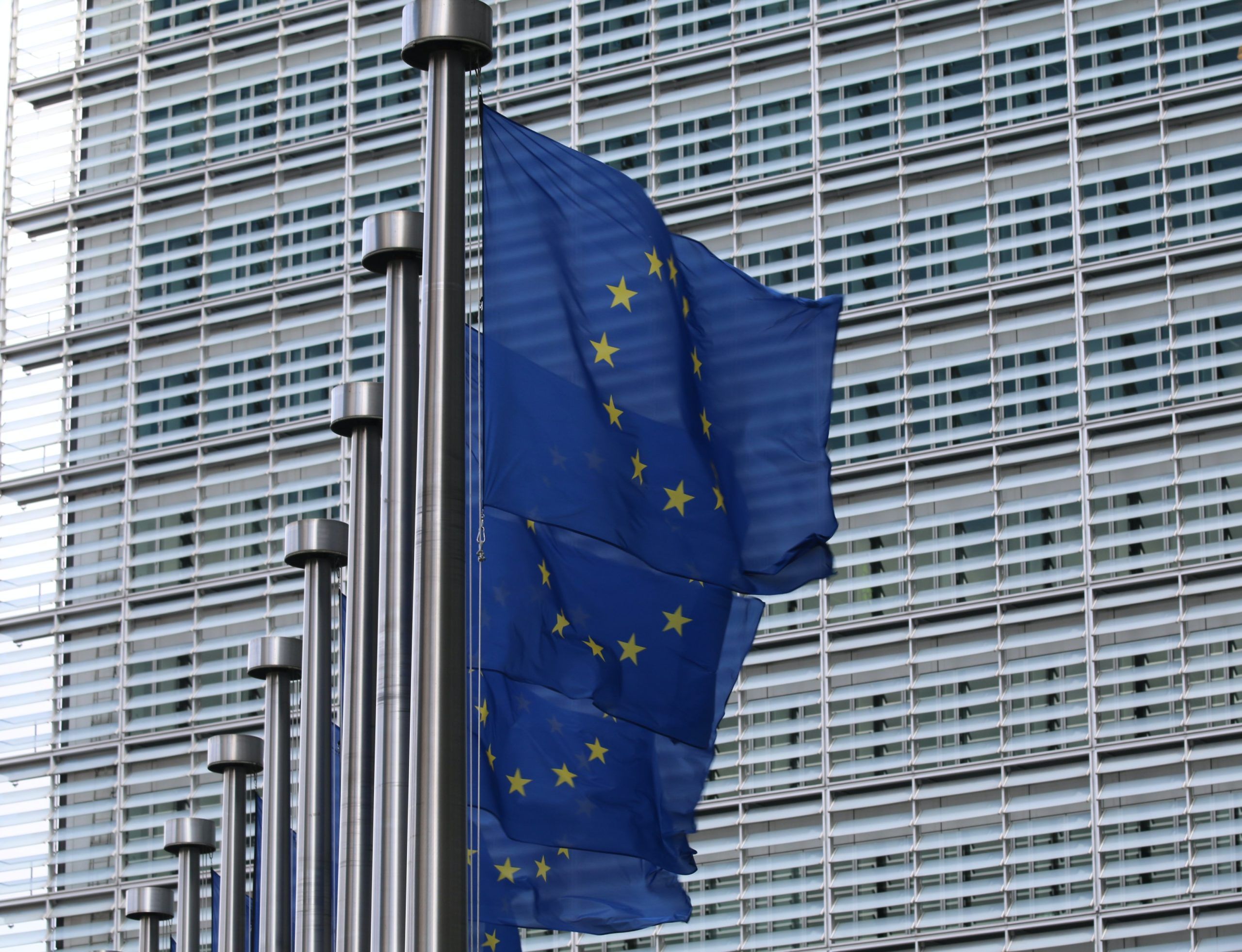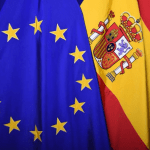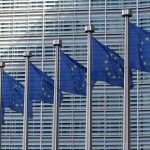The Commission presented the mid-term evaluation of the Recovery and Resilience Facility (RRF), the EU’s recovery instrument at the heart of the €800 billion NextGenerationEU (NGEU) plan.
Unprecedented in its scale and ambition, the RRF was established in February 2021 and has the two-fold objective of helping Member States to recover from the COVID-19 pandemic, as well as bolstering their resilience and making our economies and societies greener, more digital and more competitive. In short, fit for the future. It has also been vital in addressing urgent challenges, such as the knock-on impact of Russia’s war of aggression against Ukraine.
In their recovery and resilience plans (RRPs), Member States designed reforms and investments:
- in line with the EU’s green, digital and social policy priorities, and
- tailored to address national challenges identified in the European Semester through country-specific recommendations (CSRs).
The mid-term evaluation marks the half-way point of the RRF. It shows how the RRF delivered on its objectives so far.
President Ursula von der Leyen said: “We set up the €800 billion NextGenerationEU recovery plan as a powerful response to the economic and social fall-out from the pandemic. Three years into its existence, NextGenerationEU continues to support our economic recovery and drives positive change across the EU. We have seen funding for energy efficiency, renewable energy and digitalisation projects like never before. Our plan has supported young people to gain the skillsets they need and helped scale up our net-zero industry. With a unique combination of reforms and investments, NextGenerationEU is tackling national challenges and fast-tracking our common priorities for a green, inclusive, digital, resilient and competitive EU. Today’s mid-term evaluation sets out these achievements and leads the way to 2026.”
Making a real difference on the ground
Member States are delivering on the reform and investment agenda included in their plans. By the end of 2023, more than 1,150 milestones and targets had been assessed by the Commission as satisfactorily fulfilled. The achievement of these steps in the implementation of the reforms and investments has led to positive change and tangible results on the ground.
With the help of the RRF, for instance, over 28 million megawatt hours (MWh) in energy consumption have been saved. Over 5.6 million additional households now have internet access via very high-capacity networks, and almost 9 million people have benefitted from protection measures against climate-related disasters, such as floods and wildfires.
To date, close to €225 billion in RRF funds has already been disbursed to Member States. €67 billion was disbursed in pre-financing to kickstart the delivery of reforms and investments and alleviate the short-term impact of first the COVID-19 crisis, and then the energy crisis, on Member States’ budgets.
Member States and the Commission, along with the European Parliament and Council, have worked closely together to achieve these results.
Effective support for the EU’s economic recovery
The Commission estimates that around half of the expected increase in public investment between 2019 and 2025 results from investment financed by the EU budget, in particular by the RRF. Contrary to previous crises, public investment in Europe increased during the COVID-19 pandemic and subsequent energy crisis, from 3.0% in 2019 to an estimated 3.3% in 2023. In 2024, public investment is expected to reach 3.4% of GDP.
Most plans were prepared swiftly in 2021, paving the way for substantial pre-financing, and the delivery on the ground started rapidly. Economic activity bounced back to pre-pandemic levels and unemployment declined to record-low levels of around 6%. The Commission’s economic modelling suggests that NGEU has the potential to increase EU real GDP by up to 1.4% in 2026, compared to a situation without NGEU. These results do not include the expected significant growth-enhancing impact of the reforms included in the recovery plans, which plays out in the longer run. EU employment is expected to increase by up to 0.8% in the short term.
An agile instrument
Member States have used the RRF strategically to tackle long-standing challenges and to respond to new ones.
By the end of 2023, the Council had endorsed revisions of all 27 plans to maximise their impact in a changing context. They were updated to help address increased energy prices following Russia’s war of aggression against Ukraine, high inflation and supply chain disruptions. In Greece, Slovenia and Croatia, plans were also updated to help tackle natural disasters, which – in addition to the human suffering they caused – made it challenging to implement certain reforms and investments.
These updates considerably increased the size of EU support for our economies with close to €150 billion. This includes additional financing for 23 REPowerEU chapters and €125.5 billion in additional loan support. In total, the RRF is set to inject €650 billion in financial support to our economies.

Council agrees its position on 2024 draft budget
|
Driving the delivery of structural reforms
Member States have used the RRF to make significant progress in addressing the country-specific recommendations issued in the context of the European Semester. The performance-based nature of the RRF, where payment of EU funds is conditional on meeting agreed milestones and targets, has proven its ability to drive the delivery of long-awaited reforms in a wide range of policy areas, notably to support the green and digital transitions, and to improve social and institutional resilience. Furthermore, with the implementation of the REPowerEU chapters, we expect to see a speeding up of planning and permitting procedures notably for renewable energy and energy efficiency projects.
The share of 2019-2020 country-specific recommendations (CSRs) on which Member States had made at least ‘some progress’ increased between 2021 and 2023 from 52% to 69%. This is a significant improvement compared to previous years.
A considerable boost for the green transition
The RRF is a key instrument to accelerate the EU’s green transition. All Member States’ plans have exceeded the 37% target on climate objectives, with some Member States dedicating over 50% of their total plan to the green agenda. In addition, the RRF supports employment and social policies, helping to make the green transition fair.
Through the REPowerEU chapters in the recovery plans, a further €60 billion in RRF funds will be dedicated to the green transition. This will help save energy, speed up the production of clean energy and diversify the EU’s energy supplies, also promoting the scale-up of manufacturing capacity of the net-zero industry.
Implementation set to accelerate
The revisions of the plans had an impact on the pace of implementation of the existing plans. Still, implementation on the ground continued to move ahead throughout 2023, with a doubling of the number of payment requests submitted by the end of 2023, from 27 to 54.
This positive momentum is expected to continue as Member States are geared to push ahead with implementation, given that the RRF lasts until 2026. The Commission is currently assessing 18 payment requests. More than 20 further payment requests are expected to be submitted in 2024. On this basis, the Commission expects to disburse over €100 billion in additional payments by the end of the year.
Over the course of its lifetime, the RRF, through the national plans, will drive the delivery of numerous investments and reforms that will bring positive change for EU citizens, businesses and the EU at large. The mid-term evaluation is accompanied by country snapshots that illustrate the most iconic and impactful projects and reforms included in each recovery plan.
Lessons learned
The mid-term evaluation highlights the broad support from Member States and other stakeholders for the performance-based nature of the RRF. Paying out on the basis of progress and results achieved, rather than costs incurred, provides predictability and accountability for both Member States and the Commission. The fast roll-out and swift disbursements show that the RRF has supported Member States in times of crisis, and the unique combination of investments and reforms help our economies to become better equipped for the future.
The mid-term evaluation also points to some areas for improvement. Sufficient flexibility in the design and implementation of RRPs is necessary to ensure continued added value and smooth implementation. Adequate administrative capacity in Member States is key for a swift RRF implementation, as is the close involvement of regional and local authorities, as well as social partners.
More information: European Commission







Leave a Reply